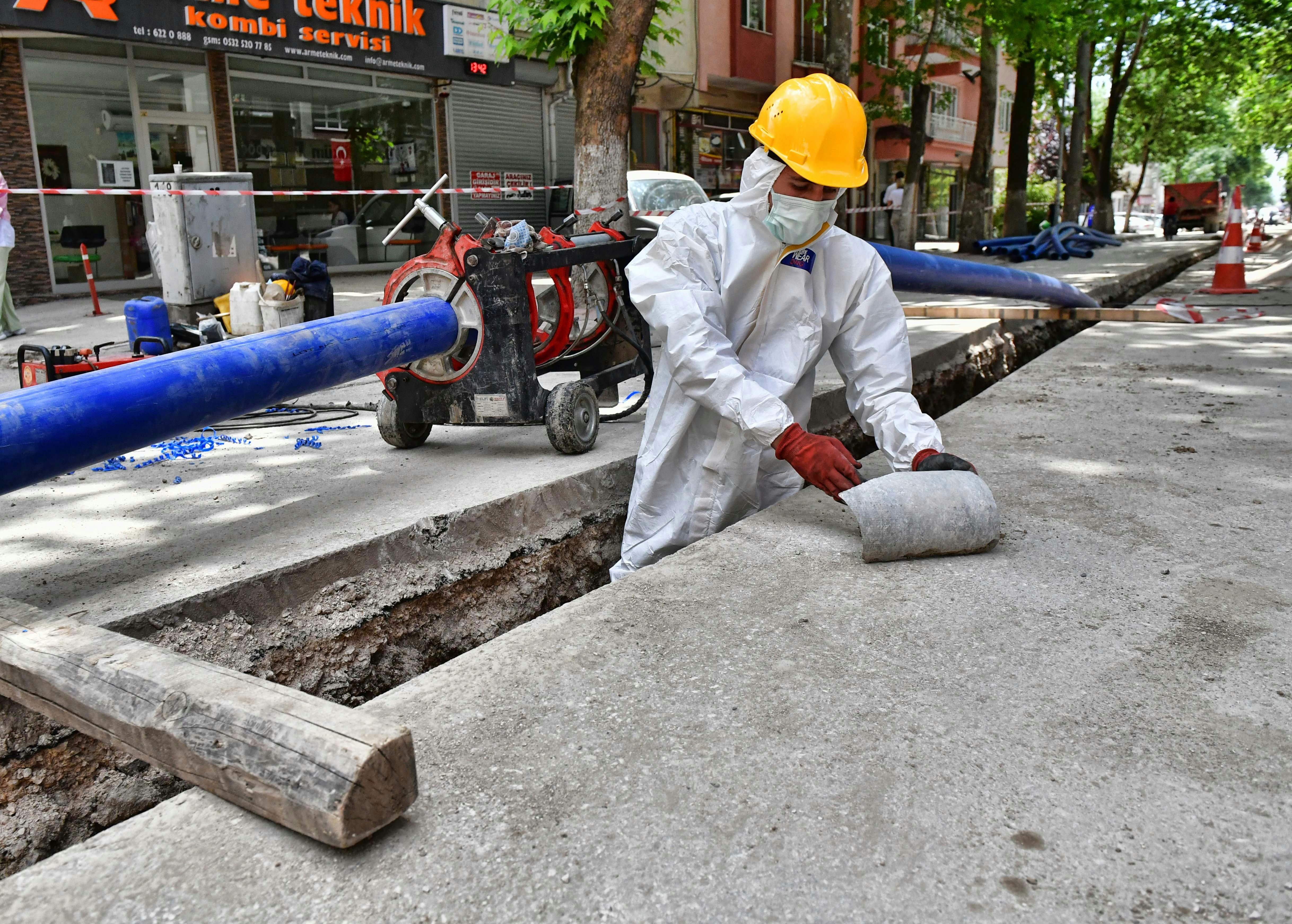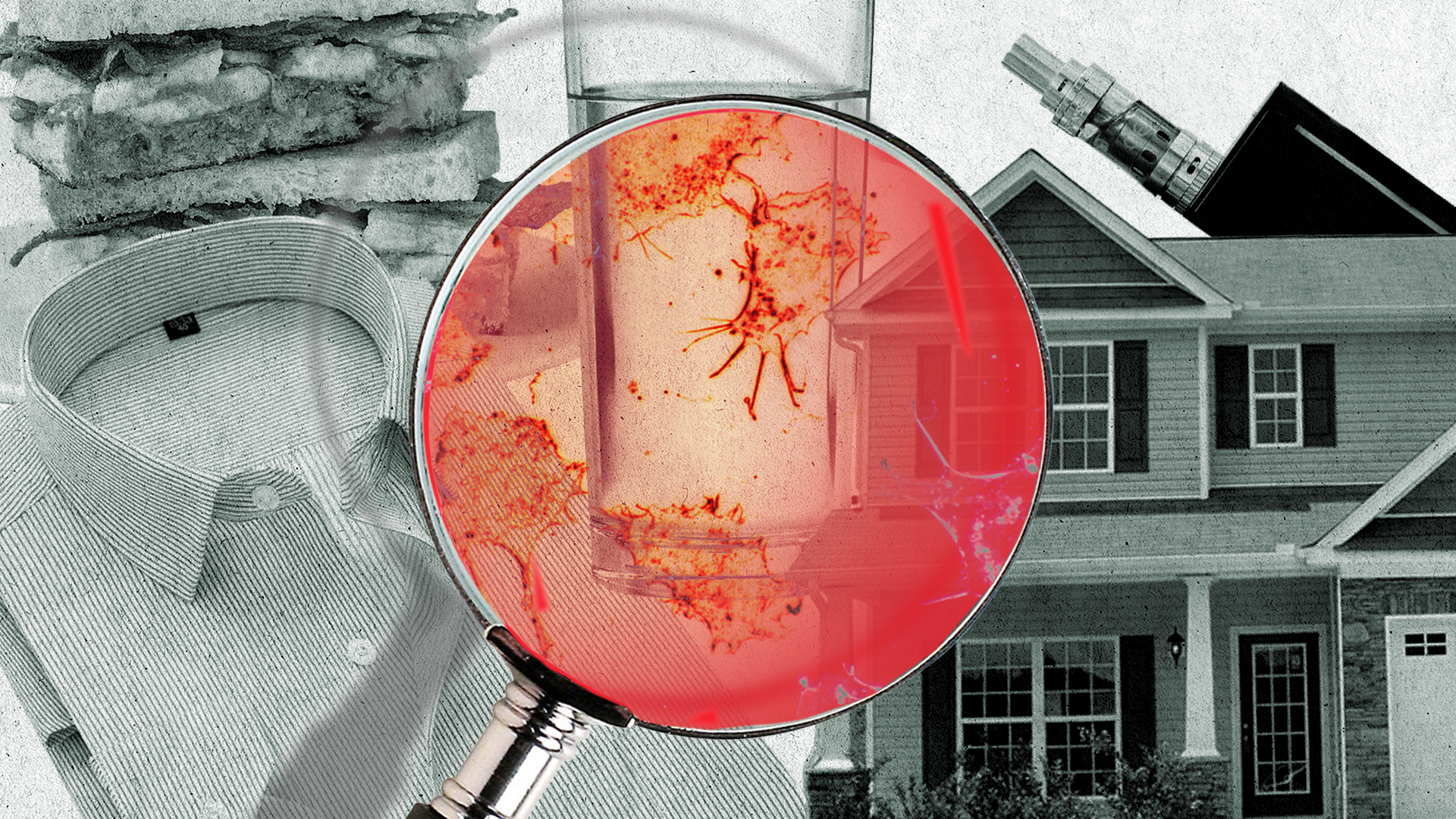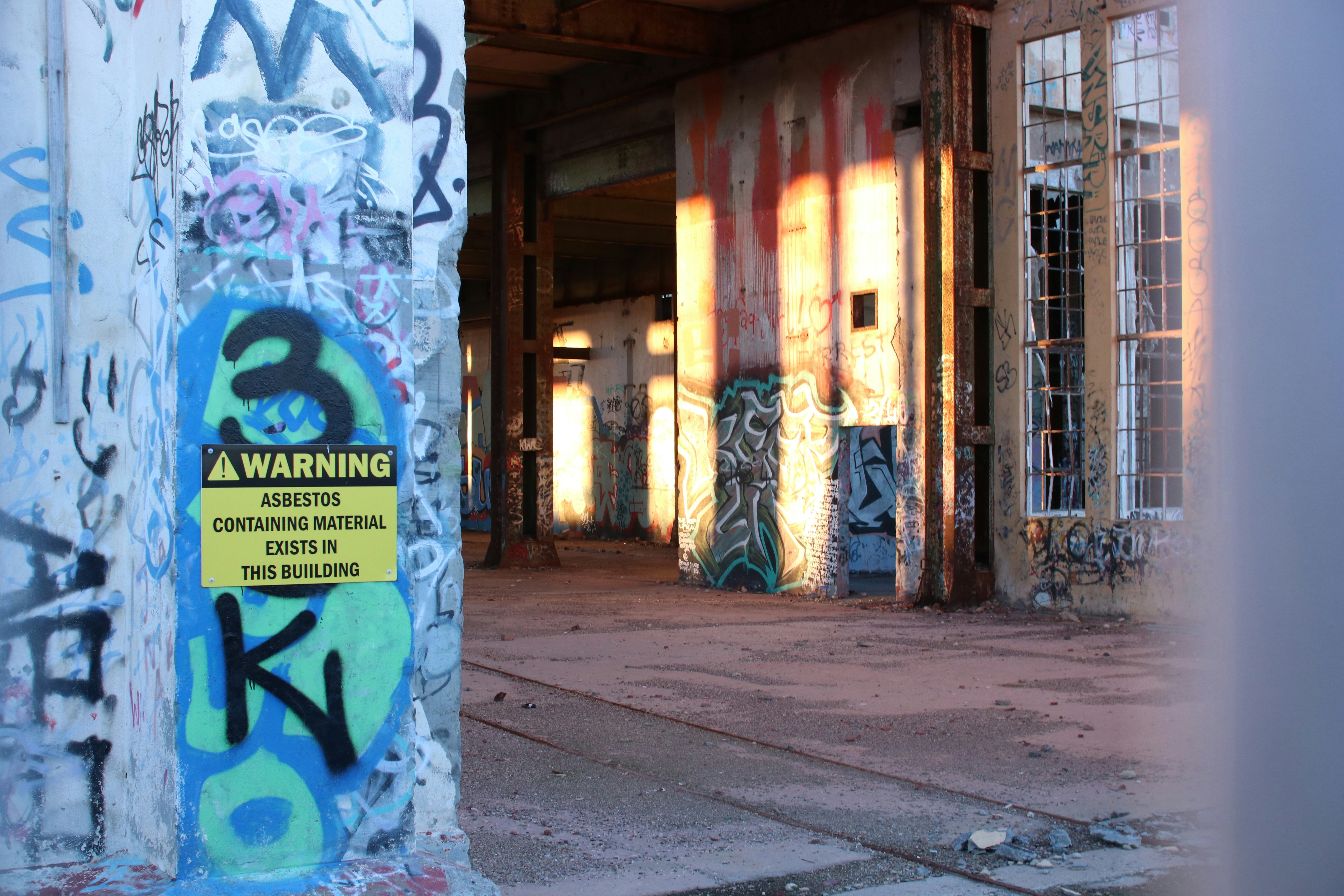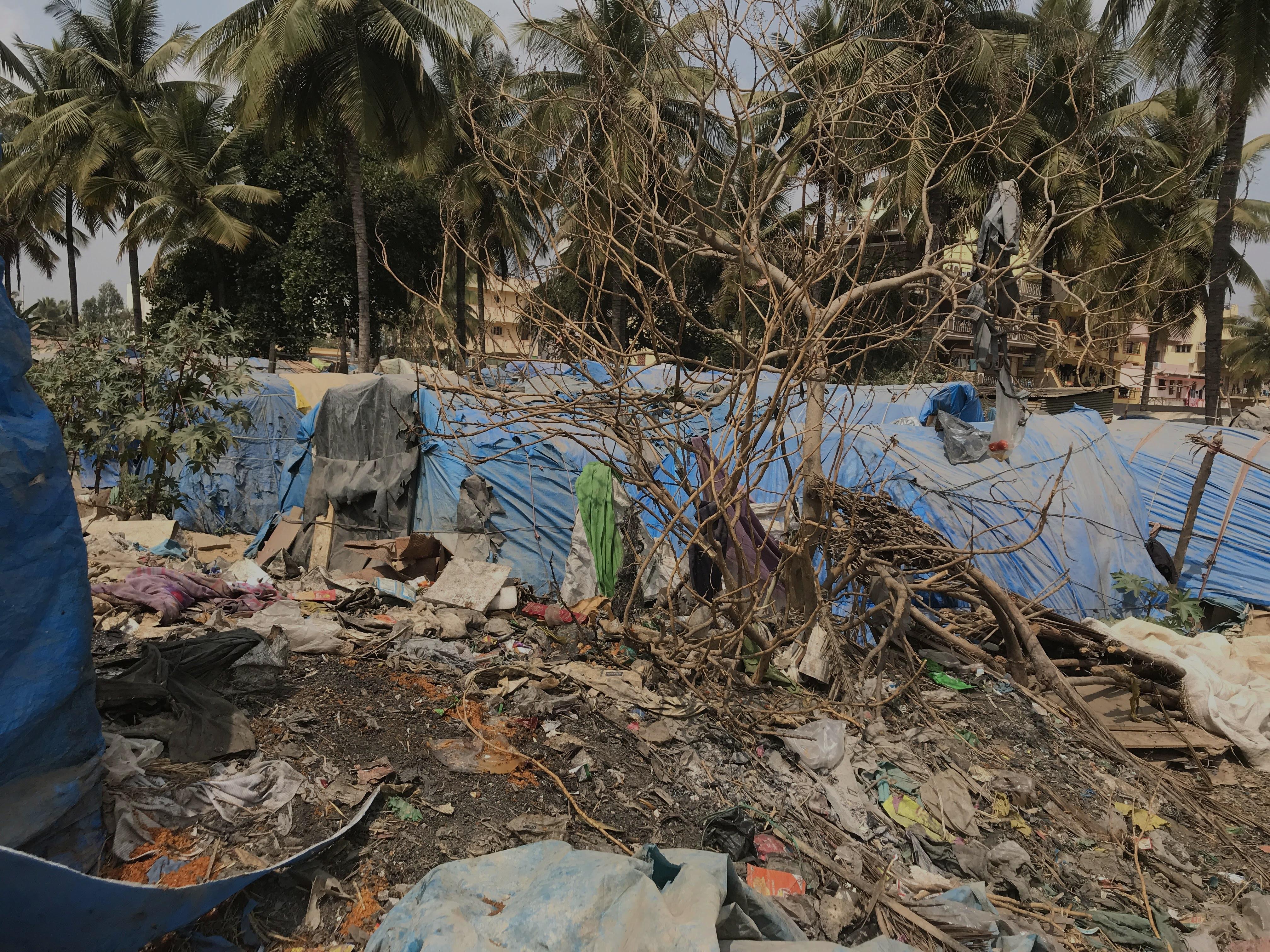More people die of cancers linked to workplace carcinogens in Western Europe and Australasia than anywhere else.
 Managing workplace exposure to carcinogens is challenging more and more countries. : SELİM ARDA ERYILMAZ/Unsplash Unsplash licence
Managing workplace exposure to carcinogens is challenging more and more countries. : SELİM ARDA ERYILMAZ/Unsplash Unsplash licence
More people die of cancers linked to workplace carcinogens in Western Europe and Australasia than anywhere else.
Data shows that Central Europe and the richest countries in Asia are catching up to Western Europe, Australia and New Zealand when it comes to cancer from workplace exposure to carcinogens.
The Global Burden of Disease tracks cancers attributed to occupational exposure to more than a dozen contaminants — including asbestos, arsenic, beryllium and benzene.
Data from the 2021 release shows that Western Europe and Australasia — Australia and New Zealand — had the highest rates of death from these attributed cancers.
Although Western Europe has had the highest number of deaths per 100,000 people for more than 30 years, high income countries in Southeast Asia, including Singapore, Japan, Brunei and South Korea, have seen their rates treble since 1990.
Rates in Central Europe and East Asia have also grown: the former has doubled since 1990, while in the latter rates are now 2.5 times higher.
Another thing many of these countries have is a large manufacturing economy. One way to measure this is Manufacturing Added Value, which the World Bank estimates by looking at the output of a country’s manufacturing sector.
Although there are certainly smaller manufacturing economies with high death rates, the countries in the largest 30 percent of manufacturing economies (according to Manufacturing Added Value) tend to have higher cancer death rates linked to workplace carcinogens — and very few in the top 10 percent have low ones.
These substances can turn up in many jobs. Benzene, for example, appears in adhesives and paint stippers as well as tobacco smoke, while workers can be exposed to beryllium in many manufacturing jobs.
Countries are taking action to limit exposure to some of these substances. Nearly all OECD countries have banned asbestos, for example, while the Australian Government introduced a ban on engineered stone benches to take effect from 2025.
Engineered stone is a source of exposure for silica. It is most well-known for causing silicosis, where the lungs become scarred and less able to function, but is also associated with lung cancer.
Originally published under Creative Commons by 360info™.













